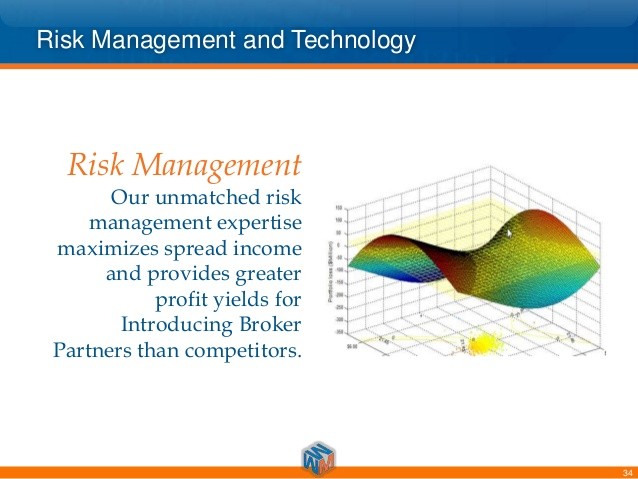CFD Trading An Introduction Part 2
Post on: 2 Апрель, 2015 No Comment

Contracts For Difference or frequently referred to as CFDs is a financial vehicle gaining in popularity with private traders.
Contracts For Difference or frequently referred to as CFDs is a financial vehicle gaining in popularity with private traders for its flexibility and features. A CFD has many advantages and for any trader it is yet another useful tool to use in the business of trading. In this second part of our introduction to CFDs we have a look at what CFDs are and the part they play in CFD trading .
The CFD is simply an agreement between two parties to exchange the difference between the opening price and the closing price of an underlying share once the contract has been closed, this value being multiplied by the number of shares specified in the open contract. CFD trading uses this basic principle to make leveraged profits on today’s markets. It is estimated that nearly twenty per cent of the UK equity market turnover is based on CFD paper contracts compared to actual transfer of share ownership. When traders open a CFD trade they have the option to either open a long or short position. A long position is when the trader buys into the trade hoping shares to go up. A short position is when the trader sells to enter the trade hoping the shares will fall in price.
The contract value of a CFD is defined as the number of shares the CFD trader has assigned for the trade multiplied by the price of the underlying share from which the value of the CFD value is derived. A trader who has gone long into a trade will profit as the value of the underlying share increases. Conversely a CFD trader who has initiated a short to enter into a trade will profit from the falling price of the underlying share. A long CFD contract gives the trader no rights to acquire the underlying share and no shareholder rights but receives the dividends as well as the capital returns. A short CFD trade gives the CFD trader the profit for the falling shares but there is no contract requirement to deliver the underlying shares at any point.
CFD traders who open a position with their CFD provider aren’t obligated to pay the full underlying value of the contract. This fact lies in the heart of the biggest advantage of using CFDs for trading. The only money that is required to open a trade is the deposit funds also known as the margin or collateral. The margin you put up to open a trade depends on the CFD provider you choose as well as the liquidity of the underlying share. The level of margin is usually given as a percentage. The CFDs are usually ‘marked to market’ daily which means the CFD trader needs to ensure that the level of margin in their account every day matches with any changes in price of the underlying share. Traders would also pay interest daily on the full value of a long CFD trade since the provider has essentially financed the value of the trade. Conversely on short trades the trader would receive interest. These interest payments will also include a percentage fee for the CFD provider, so in long positions you may add two to three percent on top of the set interest rate and for short positions you would subtract that interest margin from the cash rate of the day.
George Polizogopoulos is a staff writer for MyShareTrading.com . an information hub for traders: forex, shares, derivatives, CFD’s. MyShareTrading.com also provides free blogs for traders who wish to share their market experiences.
You may republish this article on the condition that it is not edited and all html links to our website is kept intact. MyShareTrading.com © 2006 All Rights Reserved.














